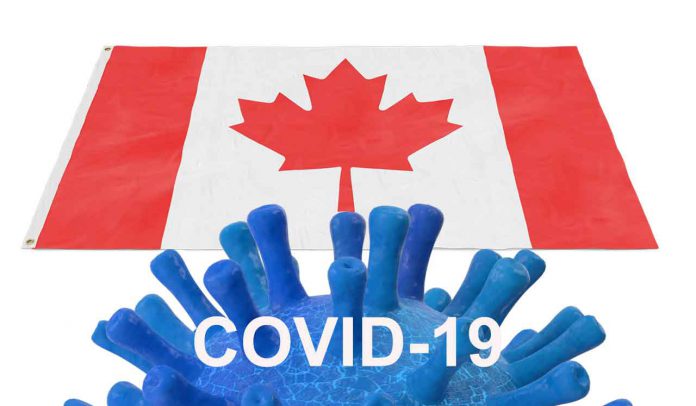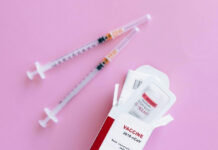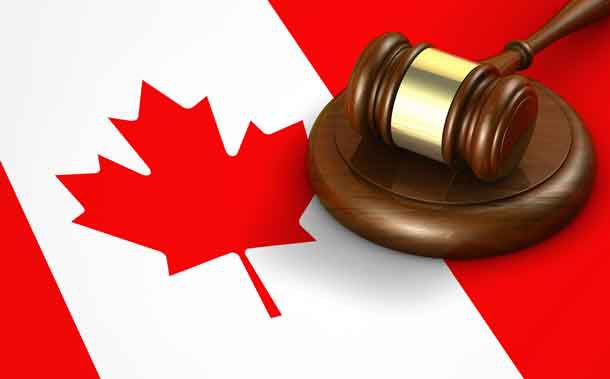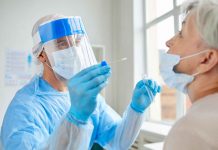OTTAWA – In lieu of an in-person update to the media, Dr. Howard Njoo, Canada’s Deputy Chief Public Health Officer, issued the following statement on behalf of Dr. Theresa Tam, Canada’s Chief Public Health Officer.
“There have been 109,999 cases of COVID-19 in Canada, including 8,848 deaths. 88% of people have now recovered. Labs across Canada have tested over 3,481,000 people for COVID-19 to date. Over the past week, an average of 40,000 people was tested daily, with 1% testing positive.
COVID-19 is most often spread from one person to another person nearby through respiratory droplets when an infectious person coughs, sneezes, sings, or talks. Less frequently, people may become infected by touching something with the virus on it, then touching their mouth, nose, or eyes, before washing their hands.
We don’t know yet exactly how long the virus causing COVID-19 lives on surfaces. Current evidence suggests it can live on objects and surfaces for anywhere from a few hours to days.
We do know that the virus is easily killed by cleaning with regular household cleaners or diluted bleach according to the label directions. Therefore, to lower the risk of transmission by contaminated objects and surfaces, it is important to clean and disinfect these items in your personal environment.
At home, this can include door or cabinet handles, light switches, handrails, faucet handles, countertops, toilets, electronics, toys, phones, tablets, television remotes, and bedside tables. If you use a car, remember to disinfect the door handle, steering wheel, and other frequently touched surfaces.
When you are outside of your home, using public transportation, or out in public spaces, carry a Health Canada-approved hand sanitizer to disinfect your hands, when soap and water are not available.
Remember, washing your hands properly includes these steps:
- Wet hands with warm water
- Apply soap
- Wash for at least 20 seconds:
o palm and back of each hand
o between fingers
o under nails
o thumbs - Rinse hands well
- Dry hands well with a paper towel
- Turn off tap using a paper towel
Visit Canada.ca/coronavirus for more information on how to wear a non-medical mask correctly, as well as the latest case numbers, public health advice, and guidance.”
SOURCE Public Health Agency of Canada








